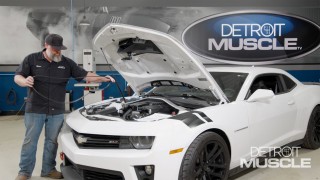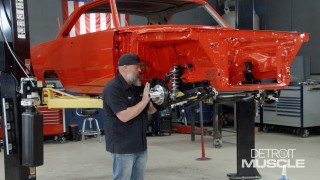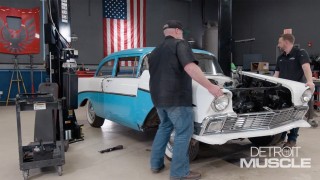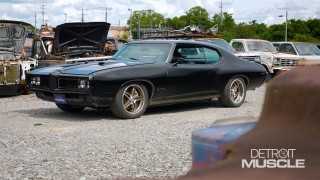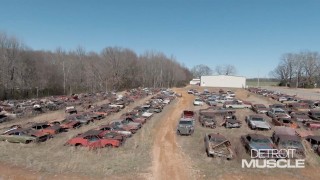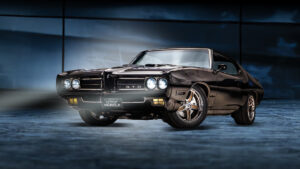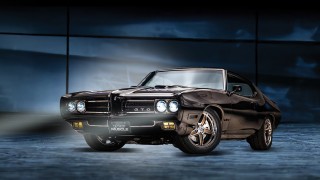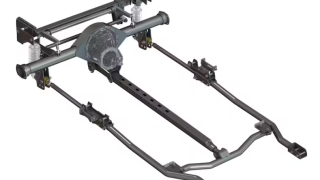
Basket Case - Rusted, Busted, and Ruined
Tommy and Peyton make a plan of attack to resurrect a 1966 Chevy Nova, a first for the Detroit Muscle shop. After their upscale treatment, this Nova, codenamed Project Starstruck, will be a low, mean, aggressive street machine with killer looks.
Season 11
Episode 2
Hosts: Tommy Boshers, Peyton Pittman
First Air Date: April 29, 2024
Duration: 21 minutes 27 seconds

